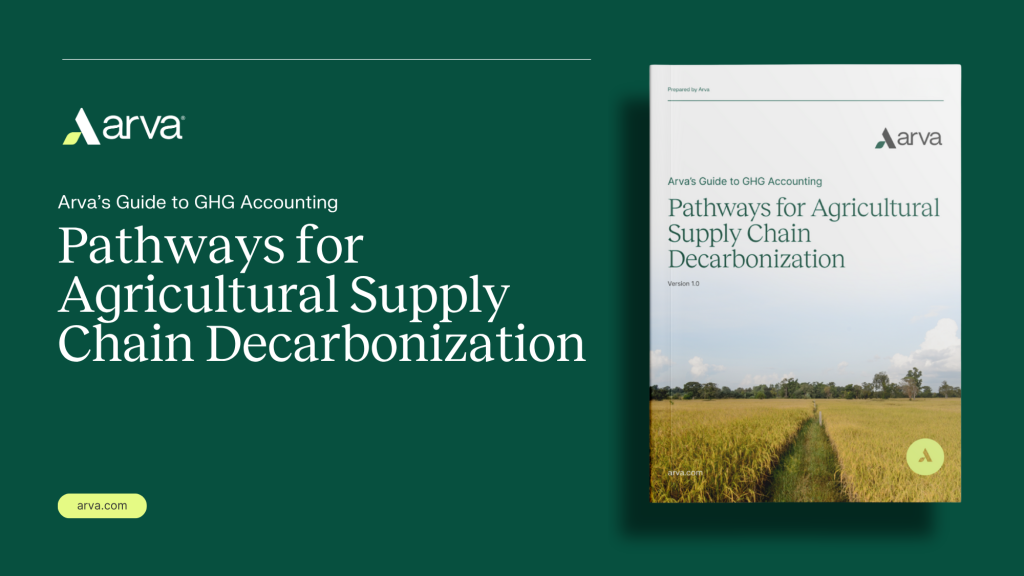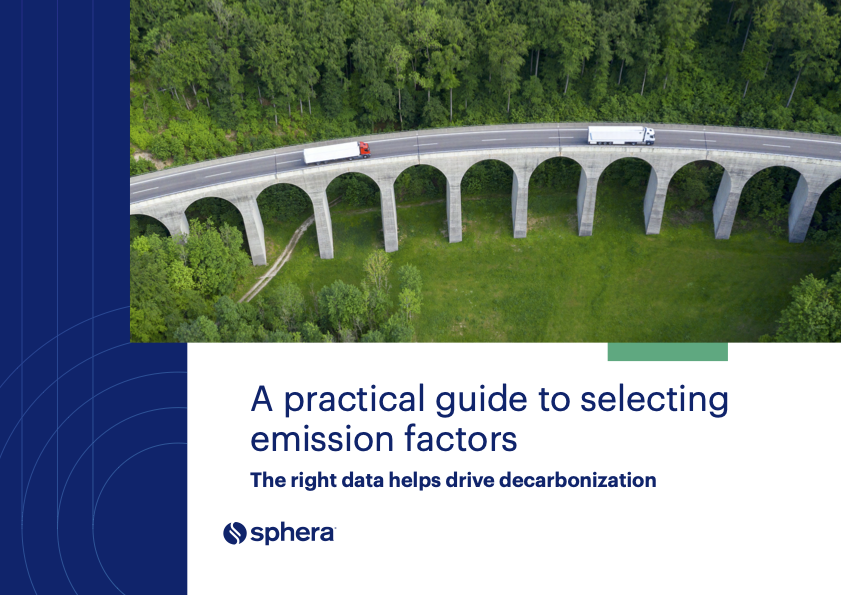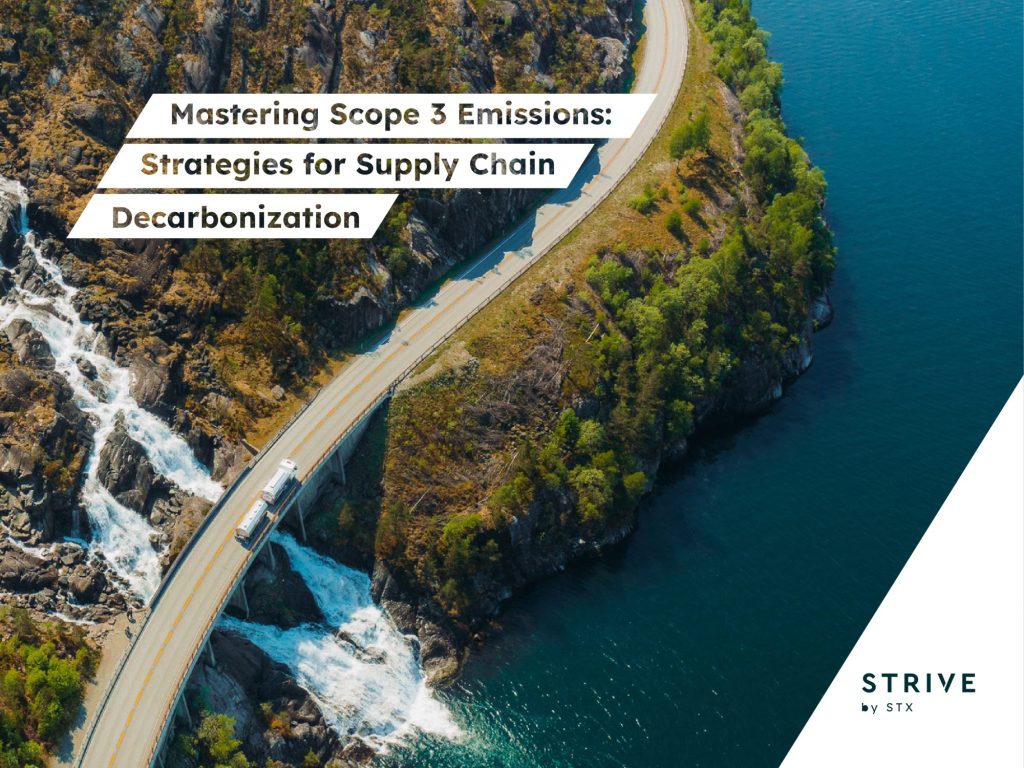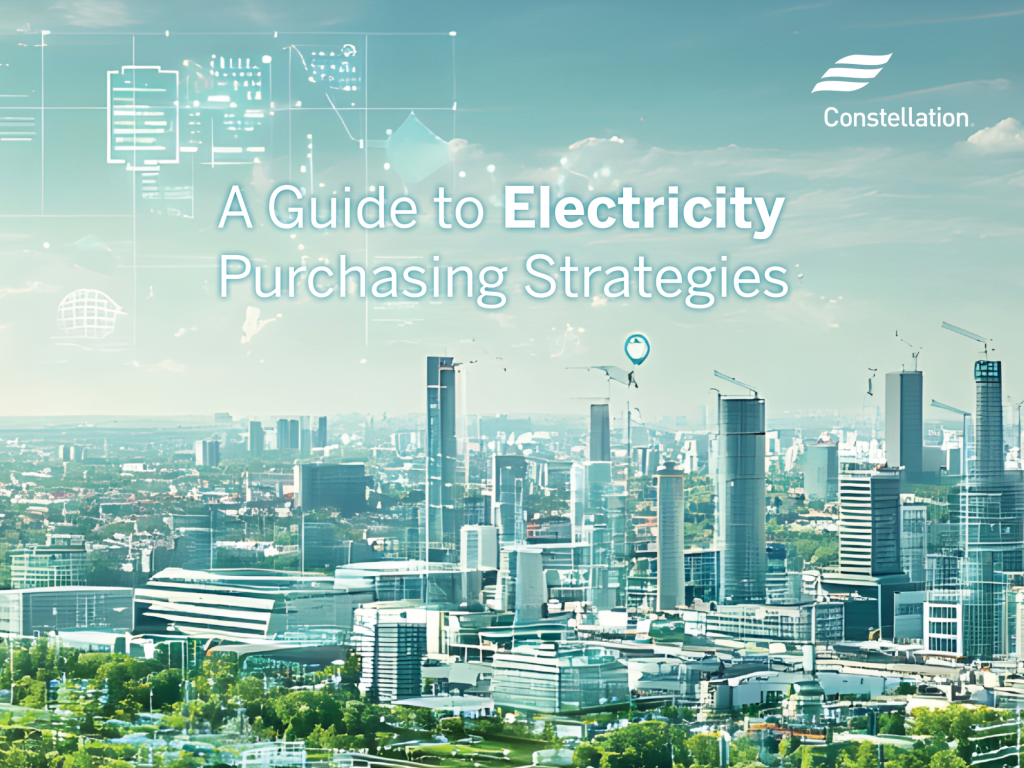Connecting buildings helps fight climate change
Too often buildings are isolated. But Big Data gleaned from them can revolutionize energy use, making the grid and communities more resilient. Read More
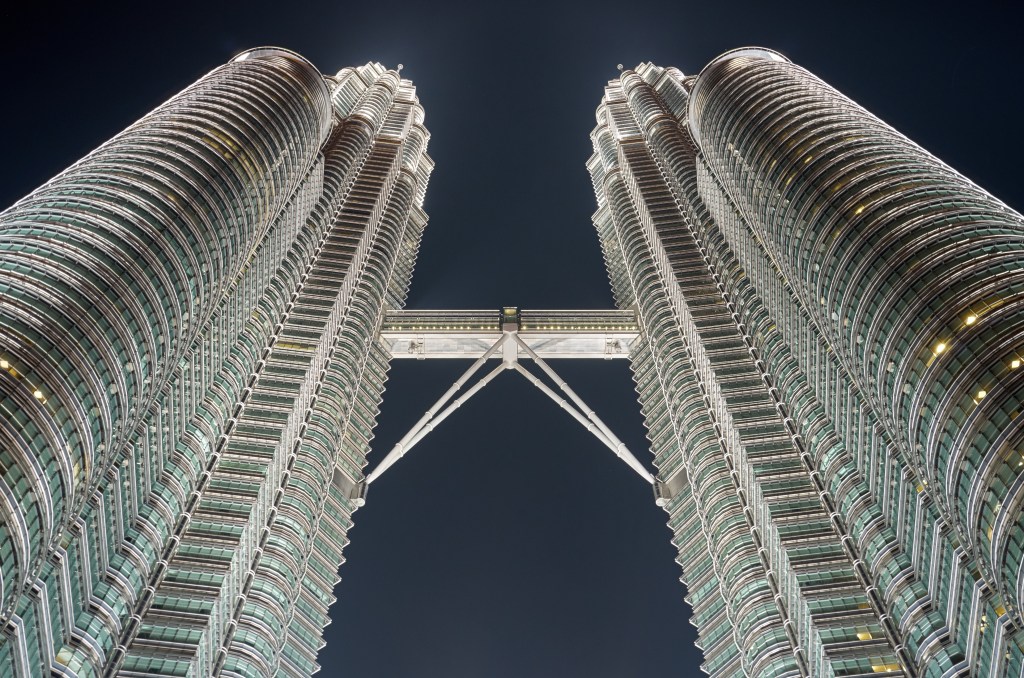
“We are not all weak in the same spots, and so we supplement and complete one another, each one making up in himself for the lack in another.”
— Thomas Merton, No Man is an Island
In Pope Francis’ recent visit to the U.S., he referred to several interesting touchstones in America’s spiritual history, including Thomas Merton. Merton was a prolific writer who often emphasized the importance of community and our deep connectedness to others as a nurturing aspect of spiritual life. The importance of connectedness is not only true of spirituality, but also applies to ecology, an idea we continue to relearn. We cannot throw anything out, because our discard comes back to us in the water we drink, the food we eat or the air we breathe. Our society is intimately connected; we all depend on the same resources to survive.
As the world’s leaders debate political solutions to our current climate crisis, brought about largely by our neglect of this idea, we can look to some very practical solutions within our built environment to protect and enhance resilient communities.
In buildings, these broader connections to community exist as well. Buildings traditionally have emerged from context, been built out of local materials, fit into the contours of the landscape and made use of the local climate to help heat and cool the structures. Almost inevitably, these buildings show a climatic response, drawn from the genus of place, mixed with human inventiveness. Between people and place a dialogue is evoked, a call and response that started long ago and continues to evolve today.
This conversation has a science to it as well. In the mid-20th century, many architects dove deep into the rationality of design, rediscovering how buildings can be designed to optimize their relationship to people, climate and place. Bridging technology, climatology, biology and architecture, the science of bioclimatic design was given quantitative documentation in “Design with Climate,” the 1963 text written by my father recently republished by Princeton University Press. The interdisciplinary approach to design that book describes remains the fundamental approach to designing high performance buildings today.

But today’s high performance buildings often are functionally isolated from our neighbors, from our community. Rather than emphasize connectivity, we have built our utility network on the idea that our buildings are at the consuming end of a wire. We aspire to make our buildings independent, but objectively we remain largely interdependent. By recognizing our commonality, we can reimagine our activities so our buildings use connectivity to provide services that benefit the larger community as well as the building owner or occupant.
High performance solar powered buildings can use the electric utility grid to achieve net zero energy use over the course of a year. When building PV systems generate more electricity then they need, they can push it back into the grid, and when they need electricity, they can pull it from the grid — in essence, using the electrical grid as if it were a large battery.
While this is quite reasonable from a building end user perspective, what happens if we are drawing energy when the electricity is in great demand and pushing electricity onto it when there is already an excess of electricity? Looking at the system from the grid perspective is a different point of view. High performance buildings can make utility electricity problems worse.
By intelligently connecting buildings, we can respond appropriately to utility grid needs and provide services. To some extent this has been happening for many years in the form of demand response, where building owners opt to reduce their power consumption when the utility is stressed in meeting demand. In turn, building owners receive reduced electricity charges.
But this is only the beginning. When we aggregate neighborhoods of buildings, we can provide a wide variety and quantity of services to the grid. In addition to demand response, buildings can (thanks to on-site solar electricity generation) supply low carbon electricity to the grid. Buildings can shift loads, to use electricity when there is an over-supply. Buildings (using batteries or thermal systems) can store energy for use later. Portfolios of buildings even can provide voltage regulation in useful quantities.
These ancillary products of high performance buildings are of great value economically to both the building owner and to the utility providing electricity and electricity distribution services. They are worth money, and a building that always has carried a utility operating cost can be designed to have an operating income. And perhaps even more important, buildings communicating with the grid can help the grid run more smoothly, and by decarbonizing the electricity reduce the pollution and greenhouse gas emissions associated with providing utility services to us all.
Connecting buildings to act as an asset to the utility grid turns our current “end user” paradigm on its head. Individual projects can multiply their positive impact by increasing connectedness. As more of us coordinate with electrical utility systems, we have a stronger base of resources, a more resilient electrical grid and more sources of income.
The bioclimatic design approach described in “Design with Climate” has a renewed urgency. As we design our new buildings and redesign our existing buildings to purposefully engage with their context and climate and community, we can readily reduce building energy use and emissions at marginal cost. Connecting with climate and intelligently connecting with the utility grid empowers buildings to have a positive environmental impact. With the issue of climate change looming ever sharper, the design community must recognize their deep connection to the climate issue and take responsibility for moving the design professions and society forward to a solution.
In our commonality we find a larger, critical context that is set by our interdependence. Indeed, as Merton noted, in community we complete one another, and recognize our common home.

Subscribe to Trellis Briefing
Featured Reports

The Premier Event for Sustainable Business Leaders




